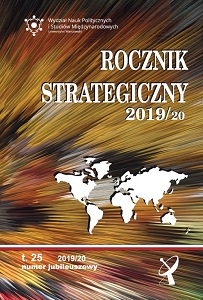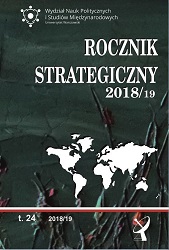
We kindly inform you that, as long as the subject affiliation of our 300.000+ articles is in progress, you might get unsufficient or no results on your third level or second level search. In this case, please broaden your search criteria.

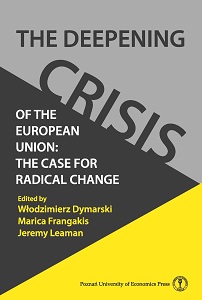
Author examines the design faults of the Euro System with a detailed macroeconomic analysis of its structural contradictions. In particular he presents a differentiated diagnosis of the current crisis, which he contrasts with the orthodox focus on the symptom of sovereign debt. The conclusion produces a stark choice between 'the break-up of the Euro-system or its radical re-foundation'.
More...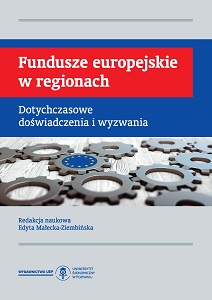
System dystrybucji środków unijnych powinien uwzględniać przesłanki wynikające z argumentów teoretycznych, dotyczących stosowania poszczególnych instrumentów wsparcia. Artykuł prezentuje motywy i sposoby selekcji wniosków dotacyjnych w kontekście przesłanek teoretycznych obecnych w literaturze przedmiotu. System taki powinien premiować efekt dodatkowości i eliminować występowanie efektu wypierania. Jednak badania w tym zakresie cechują się nieuzasadnionym pozytywnym obciążeniem, natomiast wyniki analiz ekonometrycznych są sprzeczne. Z kolei w odniesieniu do środków unijnych w Polsce występuje deficyt krytycznej analizy sposobu dystrybucji środków, częściowo wynikający z ograniczonej dostępności danych.
More...
Polityka spójności Unii Europejskiej koncentruje swoje zasoby w celu maksymalizowania efektów. Koncentracja ma dwa wymiary: pierwszy, przestrzenny, oznacza, że interwencja jest ograniczona terytorialnie, a drugi, tematyczny, stanowi, że Unia Europejska wspiera tylko wybrane typy inwestycji. Zasady te dotyczą wszystkich programów operacyjnych finansowanych z polityki spójności. W Polsce w perspektywie finansowej 2007–2013 wdrażane były zarówno programy ogólnokrajowe, jak i regionalne. Te ostatnie miały prezentować podejście terytorialne i uwzględnić specyfikę danego regionu w celu optymalnego dostosowania interwencji. W pracy przedstawiono analizę wykorzystania środków w 16 Regionalnych Programach Operacyjnych w kontekście wybranych kategorii interwencji. Otrzymane wyniki pozwalają uznać, że różne rozłożenie akcentów w poszczególnych programach potwierdza różnorodność polskich regionów i uzasadnia podejście terytorialne w polityce spójności.
More...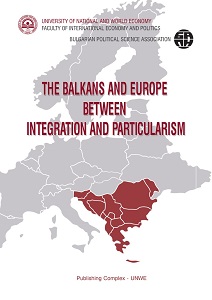
In the last decades, the subject of the development of the energy sector in the Balkancountries provokes special attention due to its relevance in the context of the changing geopolitical and geoeconomic landscape in Eurasia, as well as the transformations on a global level. The restructuring of the region represents an essential element in the shifting model of international relations, determining new roles and functions for the Southeast European states within the world system. They are facing the challenge to adapt to the new realities and the measures undertaken and planned to improve the national situation alter their diplomacy and especially their approaches towards different regions. In turn, this causes large spillover effects on international relations. In the light of these new developments, the paper explores the principal dimensions of the energy architecture in the Balkans and the resulting foreign policy implications, by comparing the strategies implied according to the correspondent national energy guidelines. The aim of the study is to contrast the various approaches, in order to assess their potential capacity, the crucial differences and the similarities between them, as well as their advantages and limitations. The analysis also showcases the main vectors of the interests of global players such as the EU, Russia, the US, China, and especially the resulting implications of their involvement in the region with emphasis on recent transformations. The author discusses different aspects of the significance of this zone as an energy junction and the ambitions of the Balkans to act as a bridge between East and West. Special attention is paid to the impact of the political approaches on the establishmentof regional patterns of energy cooperation or competition. Looking at the subject from the perspective of the evolutions in the last years, the paper investigates the endogenous and exogenous dynamics of the changing energy settings in Southeast Europe. The research work outlines the conceptual frame of the attempts of the Balkan countries at both bilateral and multilateral level to recalibrate their actions, in order to unlock the potential of the region as a stable partner, particularly with regard to energy supplies. Currently, the level of energy insecurity and vulnerability of the Balkan states remains high, albeit to varying degrees, and the successful elimination of the label "unstable energy architecture" for Europe’s East requires revised vision for the region that will envelop political and economic dimensions of development.
More...
The purpose of this paper is to analyze the cooperation in energy issues among SEEcountries. The paper focus is on the current energy projects of common interest in the region andthe perspectives for their realization from Bulgarian point of view. The EU Energy Union Strategysets the goal of diversification of gas supplies to Europe. Currently there are more than 70 gasprojects listed as Projects of Common Interest (PCI). The European Energy Union should be established by 2020. The process, however, faces serious challenges when it comes to the Balkanswhere national particularistic approaches to energy security are still strong. This is the regionwith the lowest level of energy connectivity in Europe. Since the Balkan countries have modestenergy resources, the level of analysis cannot be national or only narrowly regional. One mustrefer to the wider regional level. Hence, the importance of the Balkans for the global energy corridors comes from their strategic position The region is important for the transport of oil and natural gas from the Middle East and Central Asia to western markets. The interconnectors that arebuilt or have to be built in the region are PCI for EU. The Union declares that an emergency planfor possible energy crises must be established, and common approach must prevail over self-helpin such circumstances. For that reason since 1993 there have been plans for eight energy corridors in the SEE: "South stream" pipeline, then its successor the "Turkish stream", "NABUCCO",the "Trans-Adriatic pipeline", "AGRI" and "East ring", as well as the oil pipelines "AMBO" and"CPOT". Consequently, the EU supports the PCI in the region with the intention to incorporatethem in the future European Energy Union.
More...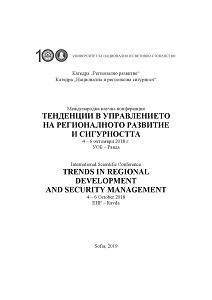
In the present study the concept of smuggling and tobacco products was analyzed. The relationships and relationships between the two concepts are indicated. The main issues and challenges of smuggling and illegal trade are characterized. Measures have been proposed to improve countering smuggling and illicit trade in tobacco products.
More...
Perspektywa finansowa Unii Europejskiej na lata 2007–2013 w znaczący sposób uprzywilejowała regionalne gospodarki turystyczne krajów członkowskich w dostępie do środków UE. W zupełnie inny sposób potraktowano gospodarkę turystyczną w kolejnej perspektywie na lata 2014–2020, uniemożliwiając praktycznie bezpośredni dostęp do funduszy UE. Przedsiębiorcy turystyczni, lokalne samorządy oraz organizacje turystyczne mogą korzystać z alternatywnych form wsparcia przez środki, których pierwotnym celem nie jest finansowanie rozwoju gospodarki turystycznej, ale innych składowych gospodarki (np. infrastruktury, sportu i rekreacji, przemysłów kreatywnych), zwłaszcza związanych z ochroną środowiska naturalnego i dziedzictwa kulturowego. Celem opracowania jest przedstawienie i ocena polityki wsparcia regionalnej gospodarki turystycznej środkami z funduszy UE. Wskazano na zalecenia dotyczące ewolucji polityki turystycznej w kolejnej perspektywie finansowej UE. W częściach pracy przedstawiono zagadnienia: podstaw funkcjonowania gospodarki turystycznej, polityki turystycznej, oceny prowadzonej polityki turystycznej dzięki wykorzystaniu funduszy UE przeznaczanych na gospodarkę turystyczną w latach 2007–2013 i 2014–2020, kierunków kształtowania rozwoju polityki turystycznej przy wsparciu ze środków UE po 2020 roku.
More...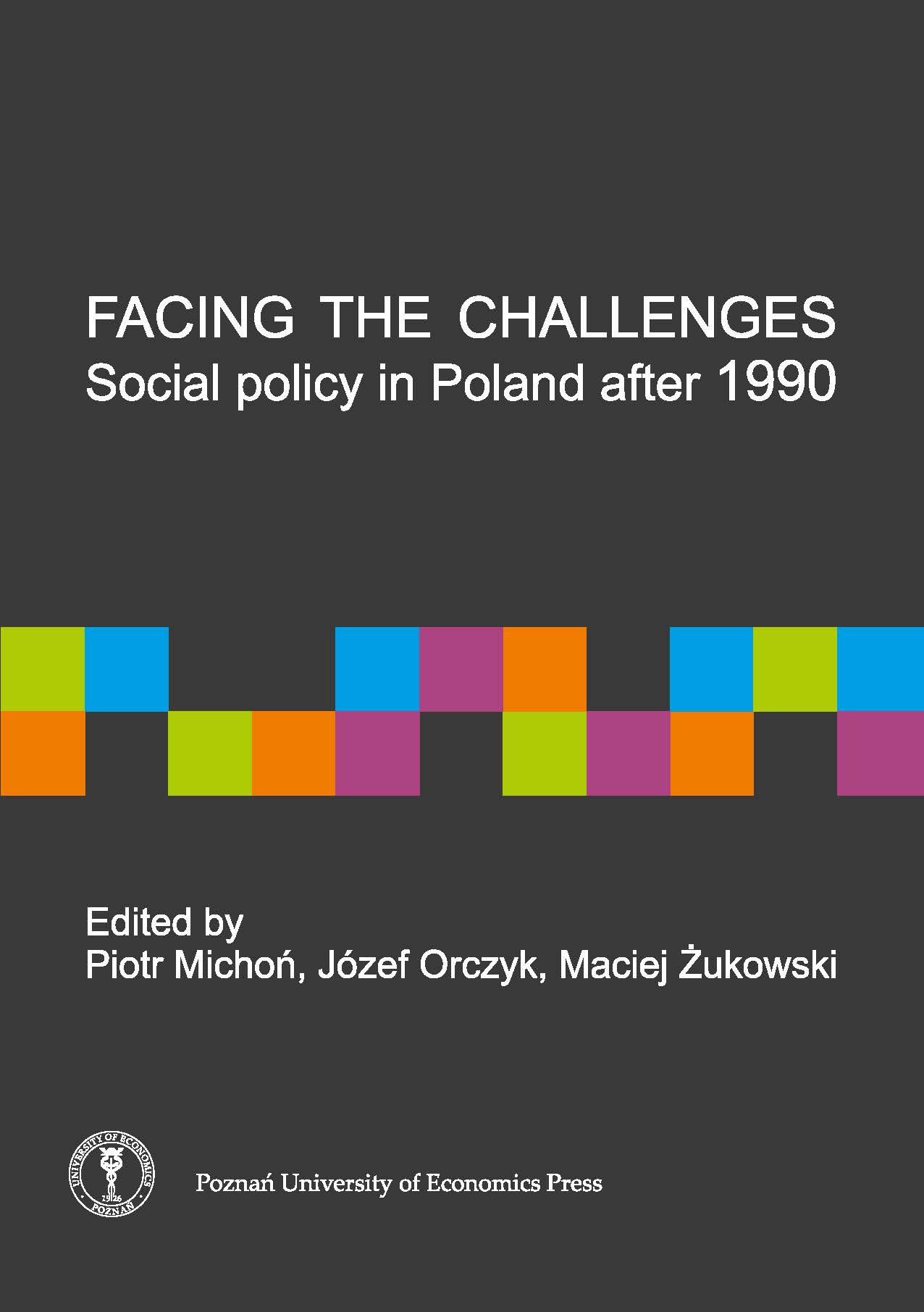
In the European Union, four main social functions of the state are currently emphasized: 1) protection against social risks, 2) maintenance of order and social peace, 3) investment in human resource development, 4) investment in social institutions. The description of the birth and development of the Polish welfare state and in the assessment of its present character – which is the aim of this text – includes the perspectives of all the groups of functions mentioned above, as well as the acknowledgement of the variability of their implementation over time (1918-2011).
More...
Author focused their attention on the evolution of Polish social policy from the social policy under state socialism. He also attempts to answer the question “How can the current social policy model in Poland be described?”.
More...
The aim of this paper is to present assessment criteria for the functioning of the educational system and its bonds with the social policy; transformations in the system of education in Poland after 1990; implementation of the reform in Poland; social policy and implementation of major functions of education; and conclusions regarding the interdependence between social policy and education.
More...
The purpose of the article is a synthetic presentation of particular theoretical, institutional and statistical issues referring to the social economy functioning in Poland. Being of the opinion, that social economy may and should be an element, that is taken into an account in social policy being currently executed, we don’t elaborate on relationship between social economy and social policy. We focus on describing types of social economy institutions existing in our country, roots and development of social economy, areas of activity of the social economy institutions. We also show the position of the social economy in public policies executed in Poland and describe its support system. Summarizing, we list key challenges that the Polish social economy faces.
More...
The article is focused on the role and the power of the horror and terror literature and movies to create very popular images, which become important factors in the developing of contemporary tourism. These supernatural creatures have turned into objects of cult for big fan-groups all over the world. The fans share common interests reflecting – along with the rest – the longing to see the special places that inspired authors and moviemakers. In this way, Bram Stoker’s novel Dracula, used as a basis for many literature and movie interpretations during 20th and the first two decades of the 21st century, has become an influential generator of images for mass consumption. The bloodthirsty Count gathers strength in people’s imaginations during the years and changes the historical medieval fortress – Bran Castle – into a very popular museum, visited by different people striving to see his scary home.
More...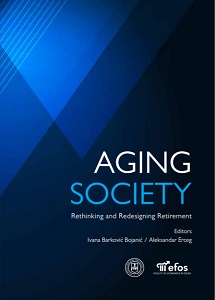
Silver economy is a broad concept incorporating many different fields of investigation. All of them arise from the needs of the aging world population and the concurrent need to comply with economic sustainability, but otherwise have very specific characteristics and implications. Recent academic findings suggest that in the context of architecture, not enough attention is paid to the user perspective, concerning the increasingly older population. At the same time, architectural quality and long-term performance of housing objects are becoming more and more dependent on the needs of the elderly, who rightfully expect to grow old in a caring environment, including adjusted living premises. By applying scientific analysis, synthesis, and comparison of data from relevant secondary sources, this paper aims to investigate key trends regarding architecture as part of the silver economy. In addition to that, the intention has been to generate recommendations that would enable having a quality, active living even within the aging society. Findings suggest that the silver economy in architecture is conceptually elaborated but still rather a marginal scheme in real life. However, a multidisciplinary approach in terms of integrating architectural and space efforts with smart technology conveniences emerges as the direction of future research as well as practice. Limitations of this study are primarily financial concerns and prerequisites that have not been appreciated enough while evaluating the need for silver architecture investments.
More...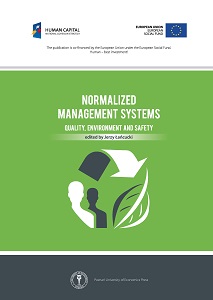
1. Importance of food safety. 1.1. Types of food safety hazards. 1.2. Codex alimentarius commission. 1.3. History and rules of the HACCP system. 1.4. Legal requirements within the scope of food safety. 2. Importance of GMP/GHP in food safety assurance. 3. Food safety monitoring bodies in the world and the European Union. 4. Normalization and standardization requirements. 4.1. Food safety management in compliance with the ISO 22000:2005 standard. 4.2. Food safety management system in compliance with the requirements of the BRC standard. 4.3. Food safety management system in compliance with the international food standard.
More...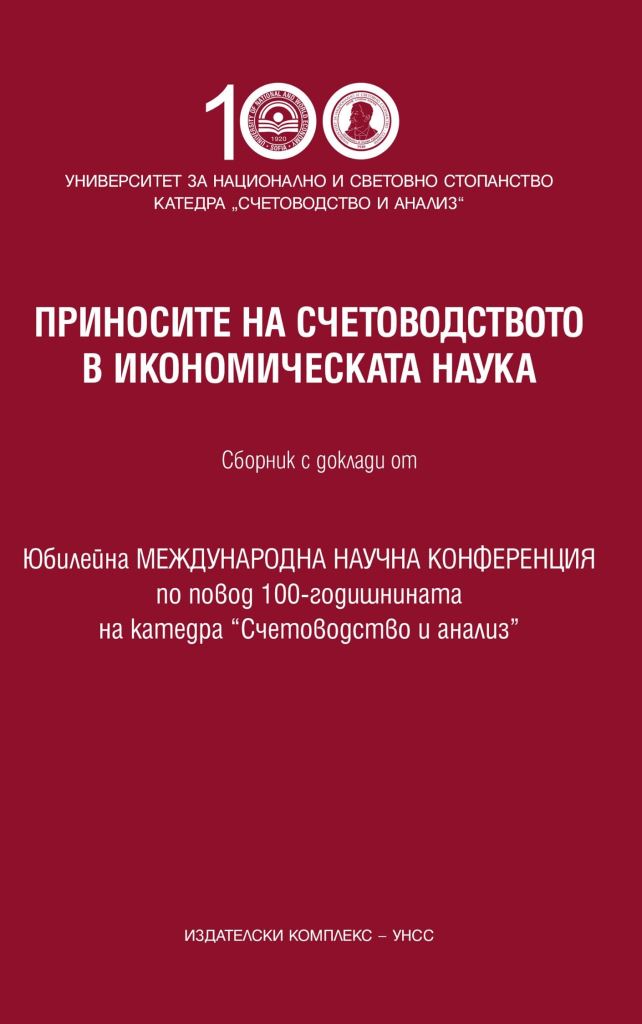
This publication studies two rate-of-return indicators relevant to enterprises with industrial principal activity: 1) labor resources-based rate of return, and 2) labor cost-based rate of return. In its nature, the first indicator describes the ultimate efficiency of use of one of the major production resources –manpower, and the second – the ultimate efficiency of costs incurred for the operation of manpower. With the help of the denominated factor modelling method, we outline and present two-factor model for analysis of labor resources-based rate of return and four-factor model for analysis of labor cost-based rate of return. The two-factor model enables the identification and evaluates the impact of two factors on the difference between the actual and reference level of labor resources-based rate of return: 1) changes of labor efficiency, and 2) changes of return on sales. The four-factor model gives the opportunity to identify and evaluate the impact of the following factors on the difference between the actual and reference level of labor cost-based rate of return:5) changes of labor efficiency;6) changes of average salary per staff member;7) changes of social security cost per staff member, and8) changes of return on sales.Analysis can be further deepened through detailed review of obtained results and the factors’ impact on the dynamics of the two rate-of-return indicators, in combination with the share method. With regard to the first indicator, it requires analysis of the impact of the factors determining labor efficiency and return on sales, and with regard to the second indicator – the factors determining labor efficiency, average salary per staff member, social security cost per staff member, and return on sales, respectively.
More...
In today’s world of information technologies (IT) and digital connectivity cyber risk is considered inevitable for all organizations and effective cybersecurity management is crucial for all. The aim of this paper is to outline the role of accountants in the process of cybersecurity management in modernorganizations. This paper argues that to benefit cybersecurity risk management, accounting needs to reform its higher education model. The first section describes the nature and the stages of cybersecurity management. The second section explores the competencies needed by the next generation ofcybersecurity professionals. The third section discusses the potential of the accounting profession to add value in the process of cybersecurity management as well as its implications for reforming accounting higher education. The paper concludes with a call for a balanced commitment to both students’ personal and professional development, which appears to be crucial for the future of accounting graduates, for the role of the profession in modern society as well as for the welfare of the society itself.
More...
In the present article a subject matter that has attracted great interest over the recent decades is analyzed. The critical question of the likelihood of incorporating the International Financial Reporting Standards into the financial reporting system of the United States has raised a lot of debates.The problem has been the focus of profound deliberations among both scientific and professional community. Our long-lasting research found out that the strategic goal of reaching one single set of global accounting standards through the project of convergence carried out by the most influential Boards – the International Accounting Standards Board located in London with second headquarters in Tokyo, and the U.S. Financial Accounting Standards Board, has not yet been achieved. It is appropriate to emphasize that the realisation of the project began as a result of the agreement reached in September 2002, Norwalk. However, it is increasingly recognized that the era of convergence probably is coming to an end. Prominent scholars argue that the strategic goal turned out to be neither practical norachievable in the foreseeable future. For the time being the authorized American institutions do not intend to completely adopt the International Financial Reporting Standards as issued by the IASB into the U.S. financial reporting system. It seems as though, the authoritative organizations in the United States attempt to continue keeping in line with the specifics of the U.S. business environment. It is assumed that the Securities and Exchange Commission will never perhaps risk causing a political storm by yielding the control over its accounting to an institution outside the USA. In my view, an essential reason that causes inconveniences in the implementation of the IASB’s standards globally is that the accounting principles and standards interact in different ways with national laws, social and ethic codes, domestic fiscal rules, and this process is unavoidable. However, in each state and jurisdiction the interaction has its characteristics and specifics. Complications may arise out of the local tradition, culture and historical continuity in performing accounting as a practice as well as the legal doctrine and the degree of their interrelation. No less important are the essence and peculiarities of the national legal and accounting system, the extent of cultural impacts on the contemporary development of accounting and the influence of the principles on the basis of which the systems of state authority are established, interact and function.
More...